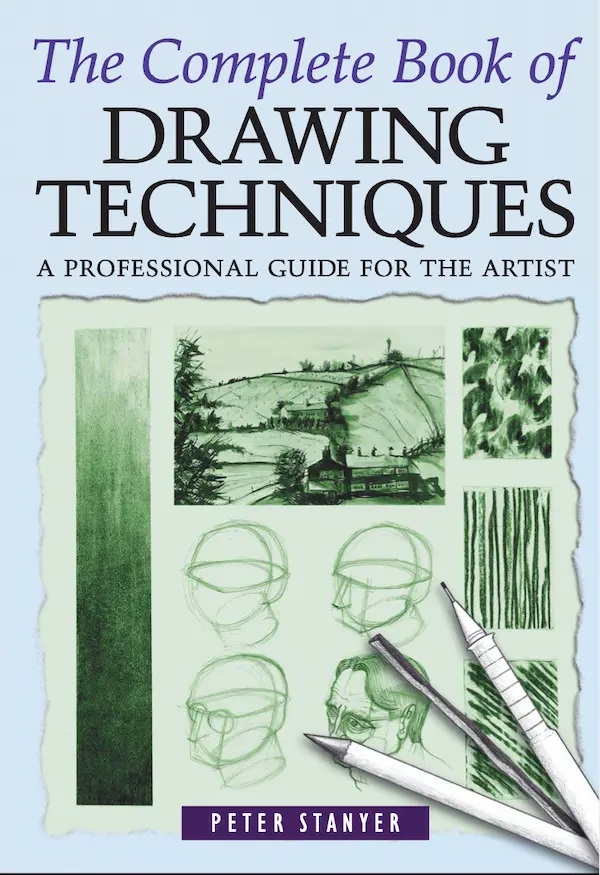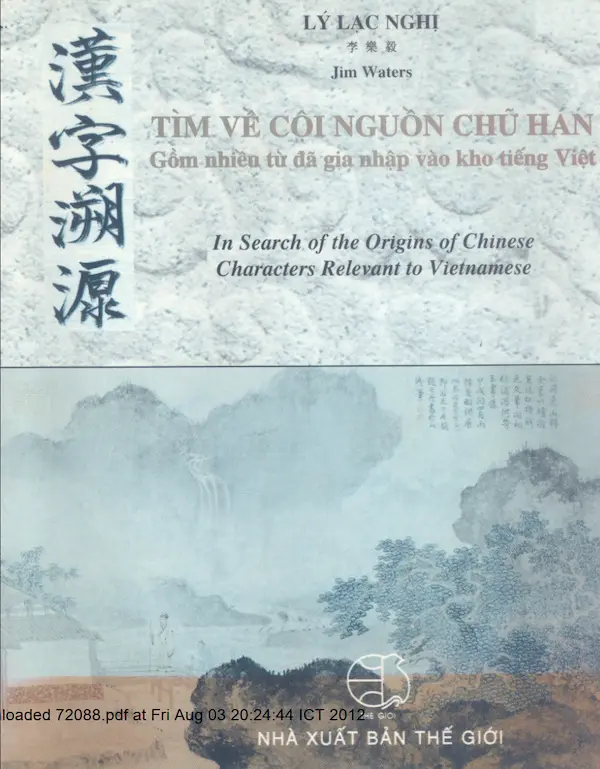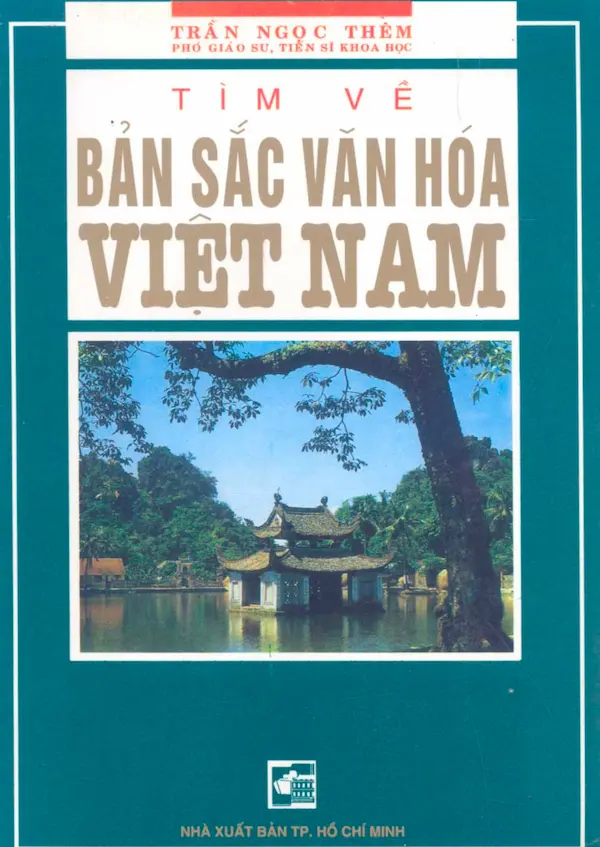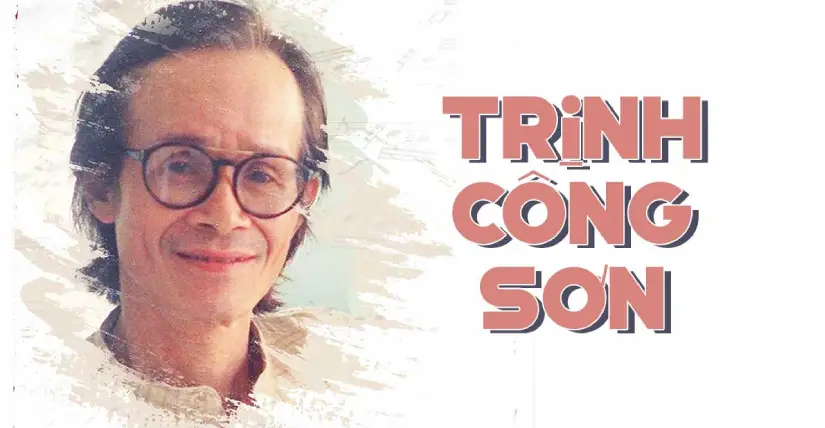
Nicolas-Jacques Conté was born at Sées (Normandy) in 1755. He rapidly became enthusiastic about painting and at 20 years of age went to study in Paris, where he would paint portraits of the French royal family among other works. He was very close to the major scientists of his day and met the Montgolfier brothers, inventors of the hot- air balloon in 1783, when he carried out experiments on the hot-air balloons, since he was still divided between painting and the sciences.
The French Revolution forced him to change his profession in 1789. He thus became a talented inventor in many fields. He conducted varied research activities, some of which concerned crayons and black lead. Indeed, genuine crayons became scarce. Being a painter lacking the vital pro- fessional tools, Conté found this situation unacceptable.
In 1794, Conté invented the lead pencil, also known as the graphite pencil. The Conté company profited from this invention and was able to develop an exceptional industrial know-how in the field of drawing, writing and pastel.
In January 1795 he submitted the patent no.32 and set up a pencil factory. A self edu- cated painter, chemist, physician, hot-air balloon pilot and inventor, Nicolas-Jacques Conté passed away in Paris in 1805.
The French Revolution forced him to change his profession in 1789. He thus became a talented inventor in many fields. He conducted varied research activities, some of which concerned crayons and black lead. Indeed, genuine crayons became scarce. Being a painter lacking the vital pro- fessional tools, Conté found this situation unacceptable.
In 1794, Conté invented the lead pencil, also known as the graphite pencil. The Conté company profited from this invention and was able to develop an exceptional industrial know-how in the field of drawing, writing and pastel.
In January 1795 he submitted the patent no.32 and set up a pencil factory. A self edu- cated painter, chemist, physician, hot-air balloon pilot and inventor, Nicolas-Jacques Conté passed away in Paris in 1805.






.webp)
.webp)



.webp)


.webp)
.webp)














